5 Famous Buildings Inspired By Nature
There is a sense of serenity that is felt when surrounded by nature. Walking through a lush forest, sitting on the beach during sunset or hiking up mountains will often take your breath away. These moments make us stop and think about how beautiful our world is. So, what if we could incorporate nature into our cities, and bring the idea of natural beauty into the framework of buildings?
Great architects have done just that, and learned to use nature as inspiration for their designs. This concept is referred to as biomimicry or biomimetic architecture, which means drawing upon nature in architectural design and understanding how nature takes form.
Throughout the world there are hundreds of amazing buildings inspired by nature, here are five that we think are worth visiting!
Sagrada Familia
Antoni Gaudi was inspired by nature when designing this Roman Catholic Church located in Barcelona. Gaudi wanted everyone who entered the building to feel as if they were walking into a forest. Tree trunks and their branches were his inspiration in his project. The interior of the building mimics the trees as the trunks act as pillars holding up the 200 ft. ceiling.
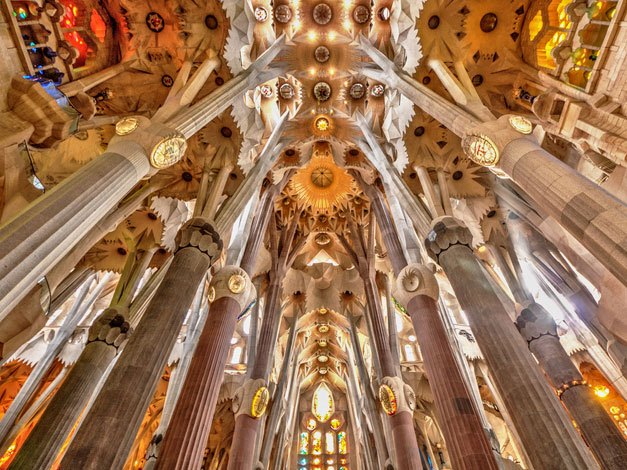
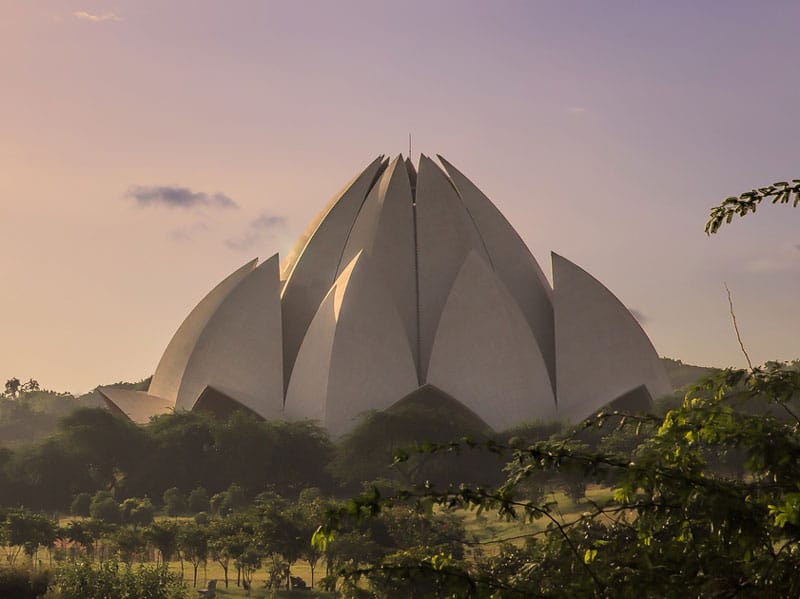
Lotus Temple
Fariborz Sahba, who was inspired by nature’s precious lotus flower, designed this stunning temple located in New Delhi. The Bahá’í scripture states that all religious houses of worship must include a nine-sided circular shape. So, Sahba modeled the building after a lotus flower with nine entrances and 27 petals using materials sourced from the Penteli mountains in Greece.
Eden Project
This famous biome attraction located in Cornwall, England was designed by Nicholas Grimshaw, and is home to a large collection of plant species from tropical rainforests around the world. Grimshaw drew inspiration from soap bubbles for this design. The core of the building mimics the pattern of many objects found in nature such as pine cones, sunflowers and snail shells.
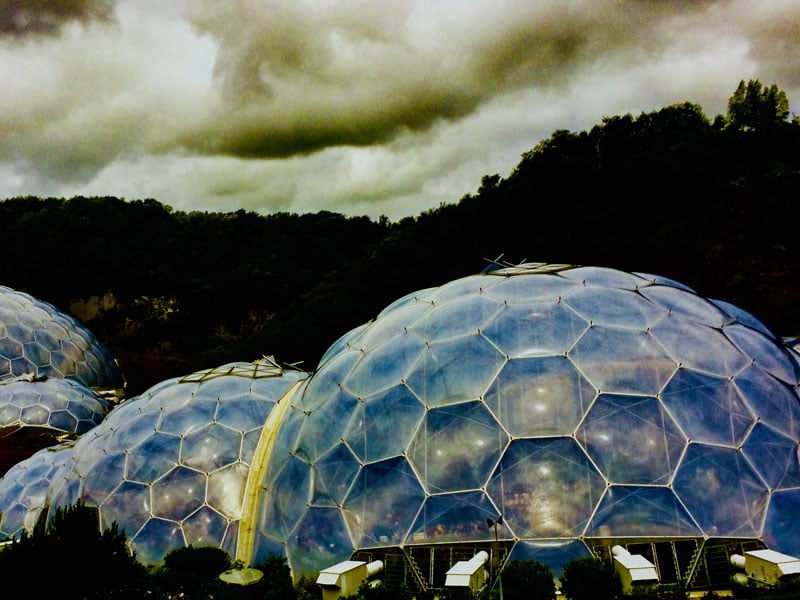
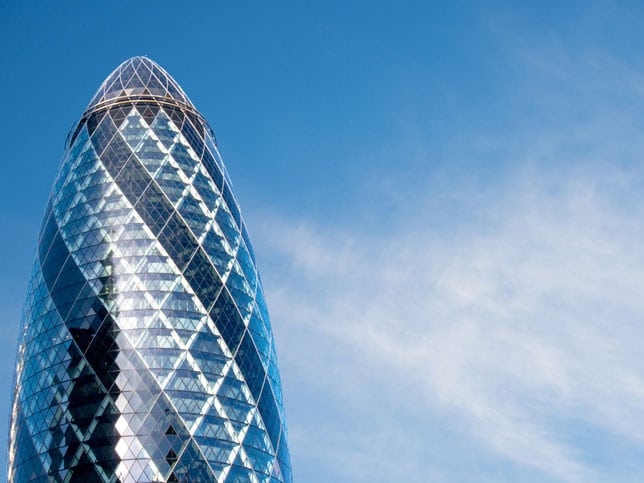
The Gherkin
Located in London, England this building is famously designed by Norman Foster. The building is one of the first environmentally progressive buildings in the United Kingdom. The tower’s air ventilation system mimics sea sponges. The Gherkin is designed so that ventilation flows through the entire building much like how sponges direct water through their bodies.
Supertrees
Located in Singapore’s Garden by the Bay, the Supertree Grove is a mechanical forest with tropical flowers and plants climbing up their trunk. They are designed to generate solar power by converting sunlight into energy. The large canopies of the trees also act as temperature moderators that absorb and disperse heat. These trees were built to showcase the plants of Singapore, but nowadays, they draw in millions of tourists each year.
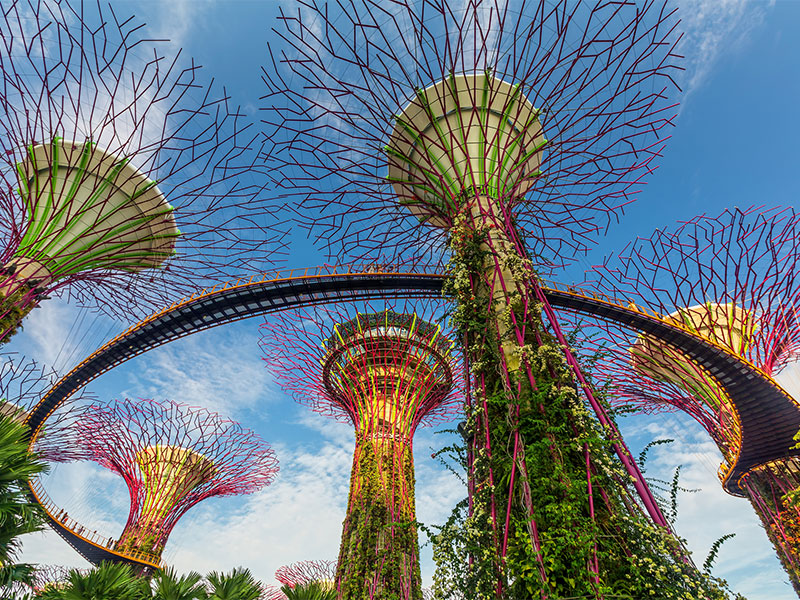
Walking through nature will take your breath away, and so will these buildings. Which one of these famous landmarks will you visit first?
To learn more about biomimicry, check out our Learning Center for useful resources and videos, and visit our contest page to learn more about this year’s drawing contest!
